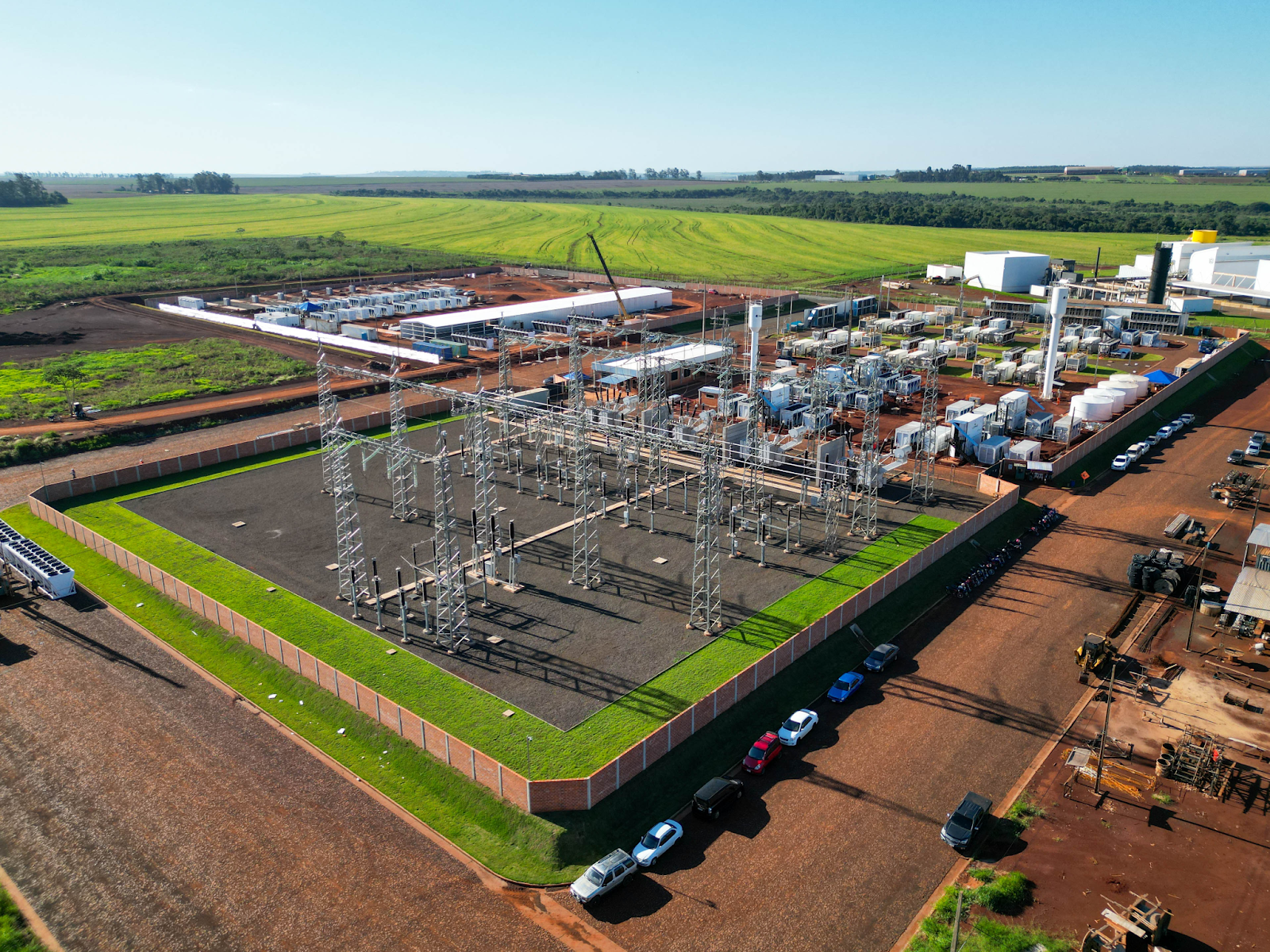Penguin Now Monitors Hydrogen in Data Center Transformers in Real Time

As part of its commitment to strengthening the reliability and safety of its electrical infrastructure, Penguin Group has implemented a real-time hydrogen monitoring system in medium- and low-voltage transformers operating in its Data Center, fully integrated into its SCADA (Supervisory Control and Data Acquisition) platform.
This initiative represents a decisive step toward predictive automation and operational efficiency in a highly sensitive and demanding sector such as Bitcoin mining.
Electric transformers are the heart of the energy infrastructure that supports Penguin’s Bitcoin mining operations. Any failure in them can lead to million-dollar losses due to unplanned shutdowns of hundreds of computing devices.
According to Carlos Obelar, Automation Leader at Penguin, early detection of hydrogen — a gas that indicates internal faults — is key to preventing major incidents.
“This allows us to anticipate critical internal failures in transformers, such as partial discharges or overheating, which, if undetected, could result in total equipment loss. In operations as sensitive as Bitcoin mining, the impact goes far beyond the value of the transformer: its shutdown means stopping hundreds of machines, generating significant monetary losses from production downtime, in addition to the risk of collateral damage to other components and the logistical costs of replacement and installation,” explained Obelar.
H2Sense sensors installed in the medium- and low-voltage transformers send continuous readings to the SCADA system, where data is analyzed and recorded in real time. This integration not only enables automatic alerts in case of critical deviations but also builds a historical database that facilitates predictive analysis.
“Integrating the sensors with the SCADA allows us to constantly monitor the internal condition of the transformers. The system generates automatic alerts and notifies NOC operators, who activate predefined protocols if abnormal variations are detected in variables such as internal pressure, temperature, or hydrogen concentration,” said Obelar. “In this way, we can reduce the load, proactively isolate the equipment, or intervene immediately before the anomaly evolves into a major failure,” added the Automation Leader.

From Periodic to Instant: A Strategic Leap
Before adopting this technology, dissolved gas analysis (DGA) in oil was conducted periodically, with results that could take weeks. Today, Penguin Group’s system allows real-time monitoring of each transformer and immediate response to any sign of risk.
“Moving from periodic analysis to constant monitoring represents a strategic leap in reliability. While results used to take weeks, we can now detect variations within minutes and take mitigation measures immediately,” commented the specialist.
He emphasized that this not only protects the equipment but also enhances personnel safety, since workers “no longer need to approach high-voltage areas” to take measurements, Obelar added.
Operational continuity is essential in Bitcoin mining, where every minute of downtime translates into considerable losses. For Penguin Group, this implementation results in continuous productivity, reduced risk of unexpected shutdowns, and greater energy supply stability in Paraguay.

Rapid Response Protocols
In the event of a critical hydrogen alert, the system executes an immediate chain of actions designed to protect assets and ensure operational safety.
“When SCADA triggers a critical alert, technical personnel are notified immediately. Depending on the magnitude of the increase, the load is reduced, or the transformer is isolated in a controlled manner,” explained the spokesperson.
He added that this rapid response protects the transformer, safeguards personnel safety by eliminating explosion or fire risks, and maintains network stability by “redistributing the load in an orderly manner, avoiding cascading impacts.”
The adoption of this technology reflects Penguin Group’s long-term vision: building an intelligent, scalable, and sustainable energy infrastructure that supports the expansion of digital mining with the highest standards of efficiency and safety.
“Our goal is to anticipate failures, optimize asset lifespan, and ensure operational continuity. This predictive monitoring philosophy goes beyond transformers; it will expand to other critical equipment such as cooling, distribution, and electrical control systems. We want to demonstrate that Bitcoin mining can and should operate under the highest standards of energy efficiency and safety, contributing to the stability of the national power system,” concluded Obelar.

.jpg)
